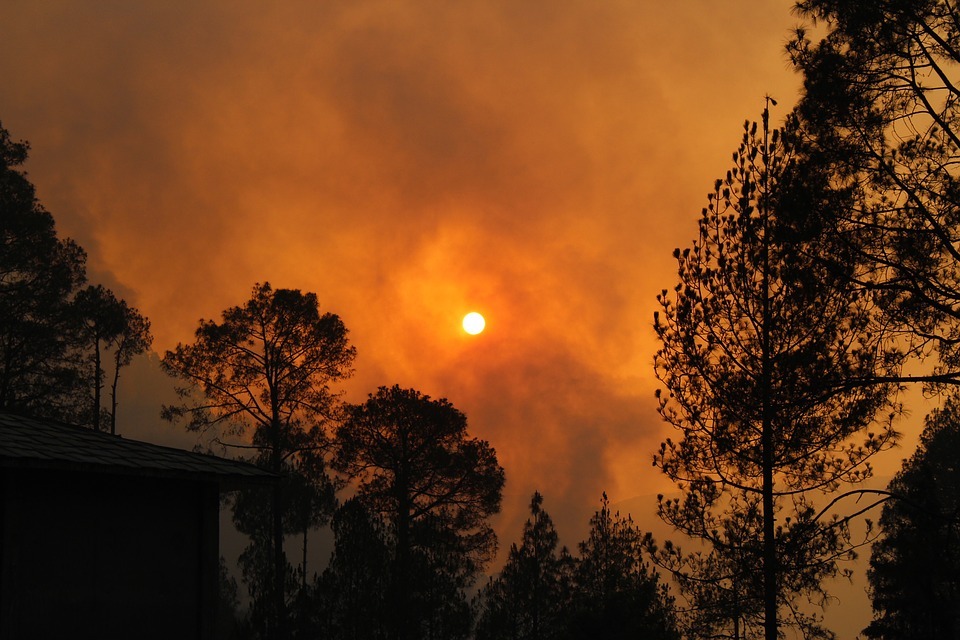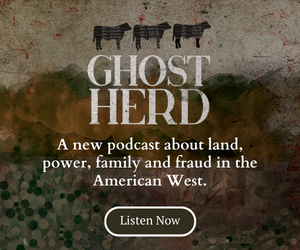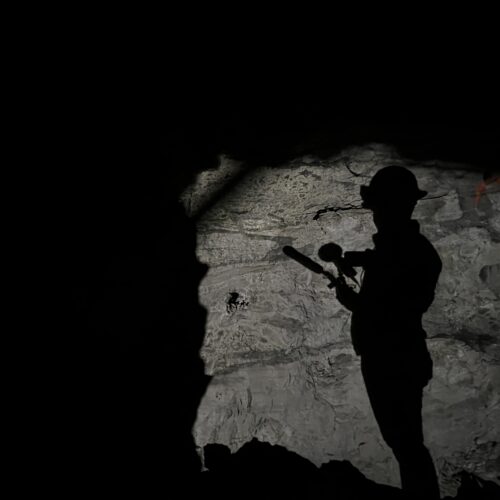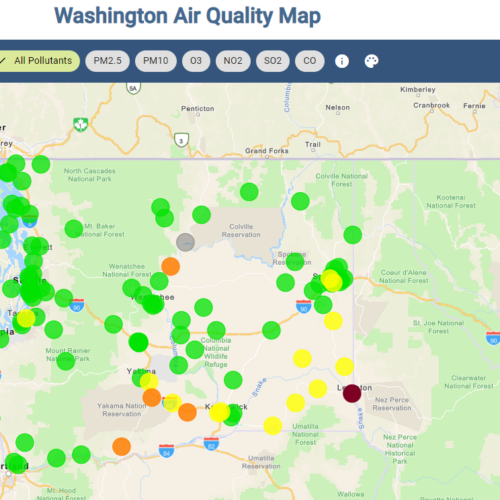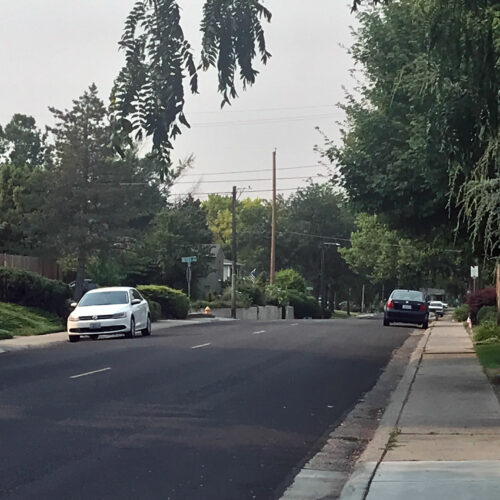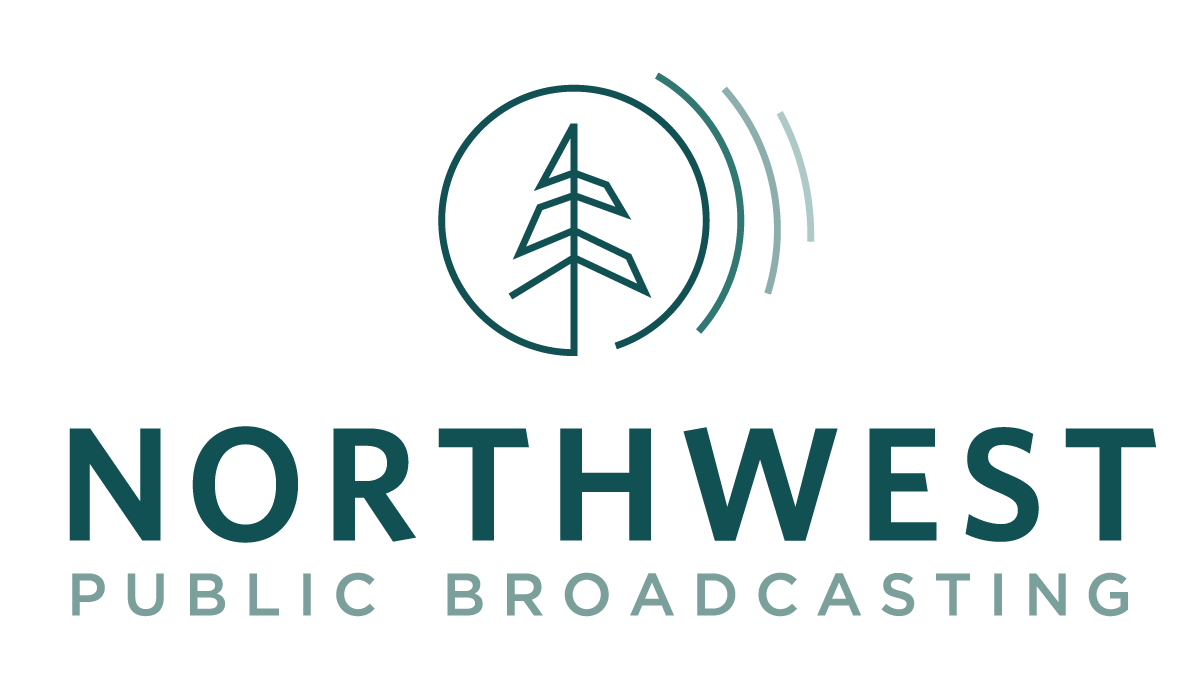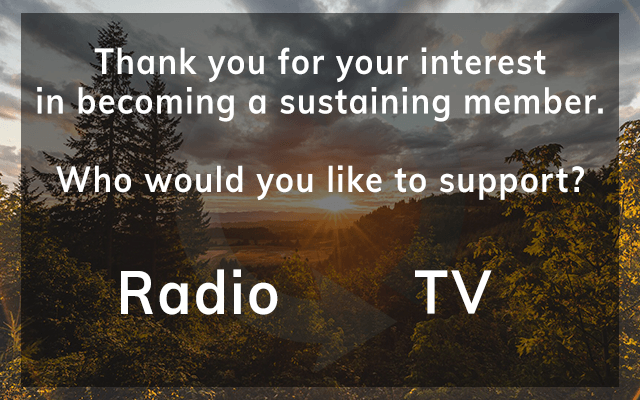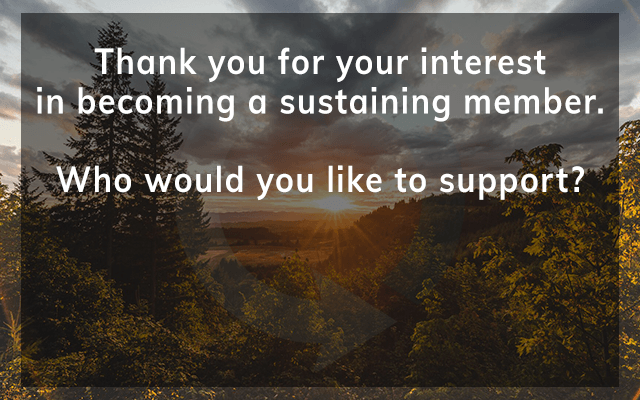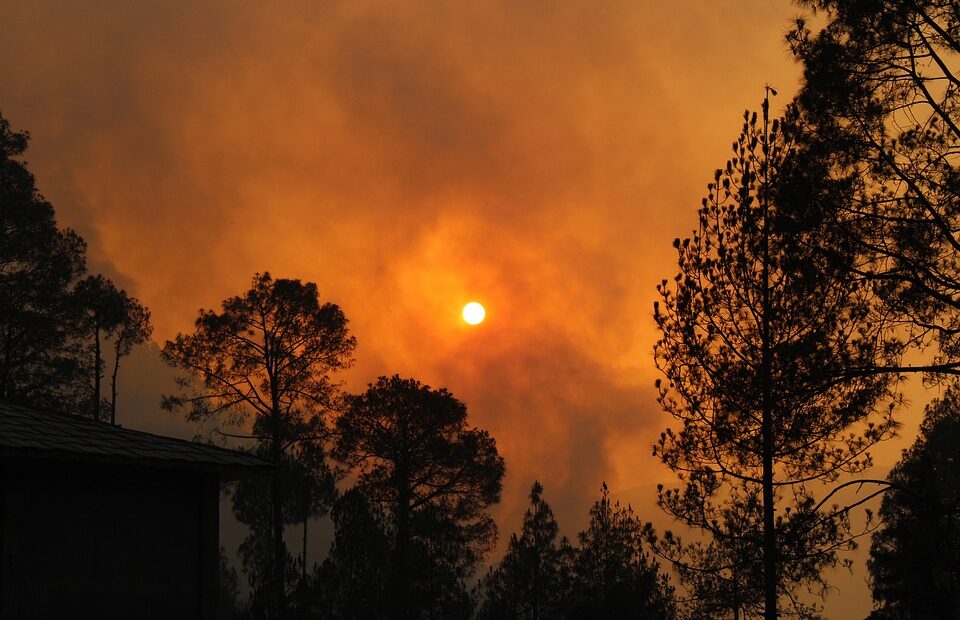
Donning An N-95 Respirator During Wildfire Smoke Events Could Protect Your Health
For the past few summers in Washington, you’ve become accustomed to wildfire smoke clouding the skies, coloring sunsets in spectacular oranges and leaving a scent of smoke in the air.
And also, filling your lungs.
With longer and more intense fire seasons in the state, due to climate change and poor land management practices, there’s bound to be health effects. Kaitlyn Kelly, air quality policy specialist for the Washington state Department of Health, says the state hasn’t quantified a correlation between this and increasing health concerns, but with the increase in exposure, the consequences would be expected to increase as well.
“When we think about risk and health impacts, when there’s increased opportunities for exposure and length of time, there’s more opportunities and increased likelihood of people to experience health impacts,” Kelly says.
Health impacts from wildfire smoke can range from minor annoyances, such as eye, nose and throat irritation to serious consequences, such as exacerbations of pre-existing conditions, like lung and heart disease, says Kelly.
And there’s even growing concerns about the mental health effects on people who are inundated by smoke for weeks at a time.
At times, it seems as if the smoke is inescapable.
“If there’s smoke outside, you are really limited on what you can do about it,” says Jack Kodros, a research scientist at Colorado State University at the Center for Energy Development.
Kodros says that when it comes to most things that impact our health — diet, exercise, we have some choice. But there’s no escaping air pollution from wildfire smoke. And the health impacts can be detrimental.
So last winter, when we were all wearing face masks to protect ourselves and our neighbors from COVID-19, Kodros started talking with friends about how masks could offer protection during wildfire season. Why not just keep wearing masks outside when the skies get smoky? But Kodros couldn’t find the scientific research to support his pondering.
“I kind of realized there weren’t a lot of quantitative guidelines or recommendations about what sort of masks we should wear or should not wear during wildfire episodes,” Kodros said.
Kodros and a team of researchers set out to determine what the health benefits were of donning a face mask or respirator when exposed to wildfire smoke. And not just if wearing a face covering works, but which one works best.
Using the 2012 Washington wildfire season as a case study, they found that N-95 respirators reduce hospitalizations for respiratory illness attributable to wildfire smoke exposure by 22 to 39%.
The study was published in the journal “GeoHealth” in late August. In it, researchers determined the efficacy of synthetic-fiber, natural-fiber and surgical masks as well, and all of these three options provided less effective protection against the particulates in wildfire smoke than N-95 respirators.
The recommendation from Kodros’ study, to protect your health, is this: Have a supply of N-95s around the house, just in case.
“I think having something there in case you need it is better than not having it at all,” Kodros says.
It’s a step people can take to protect themselves. And Kodros says it’s not just those in the West that should take this step, as the effects of wildfires can be felt across the nation with smoke carrying across state lines.
Moving ahead, Kodros and his team are researching technology that can tell you if your mask fits properly on your face, as proper mask use is necessary to get the full benefits.
Wearing a respirator seems to be the best option when you can’t avoid being outside in wildfire smoke, but Kelly from the Department of Health says it’s important to take steps to prevent your exposure to wildfire smoke when you can. She recommends staying inside when smoke levels rise and air quality becomes unhealthy, keeping doors and windows closed, and using an air filtration method in indoor spaces
Related Stories:

Tumbleweeds sold for big bucks on popular home decor website causes chuckles in the Northwest
Tumbleweeds are torched at the Hanford cleanup site in southeast Washington in the early part of this year. (Credit: U.S. Department of Energy) Listen (Runtime 4:35) Read Fire Chief Nickolus

Hot, dry temperatures mean critical fire conditions for Washington
A view of the Mount Pilchuck fire lookout in Washington. (Credit: Ham Hock / Flickr Creative Commons) Listen (Runtime 1:04) Read It’s bone dry and blisteringly hot across Washington state,
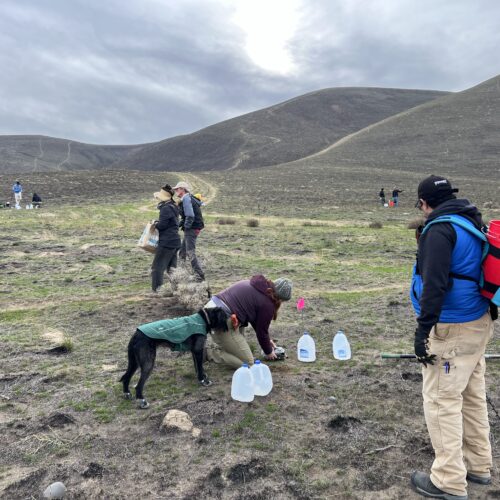
Volunteers helping sagebrush, wildflowers grow where fires burned
Volunteers with the Columbia Basin chapter of Washington’s Native Plant Society met up at a local hiking hotspot in southeastern Washington on a cold November afternoon to replant sagebrush tubelings

